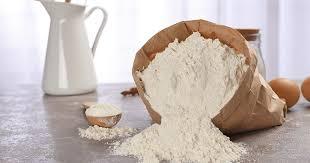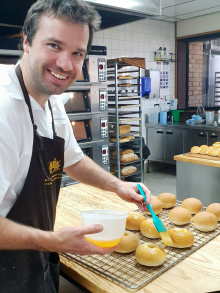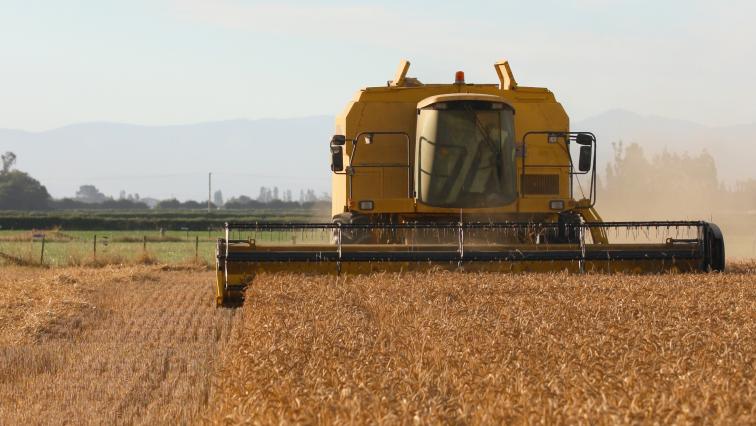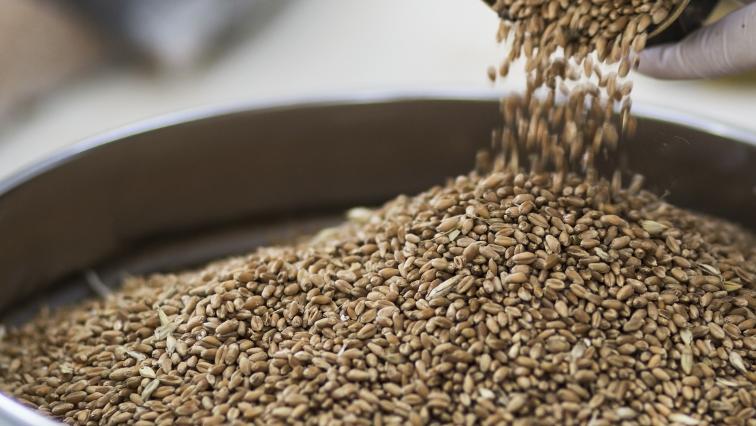The strength of a wheat is determined by the quality and quantity of its protein.
The strength of a wheat dictates its' baking potential, and the hardness dictates its' milling potential. Both these characteristics are independently identifiable in the breeding process.
The breeders therefore can develop strong and soft or weak and hard, or strong and hard, to meet the needs of millers and bakers at the same time.

Strong flour produces a good elastic gluten at the dough stage and has good gas retention properties. This is better for bread making as it produces loaves with good crumb structure and volume.
Weak flour produces extensible (i.e. non-elastic) doughs and is used to make biscuit and cakes.
The difference between hard and soft wheat is determined by the texture of the endosperm.
Hard Wheats:
- Produce gritty regular sized granules which sieve well and flow easily.
- Starch damage is easy to achieve due to the brittle nature of the starch granules.
- Results in a cleaner separation of bran and endosperm makes milling easier and produces greater extraction rates.
Soft Wheats:
- Produce irregular granules which are soft in nature and tend to be squashed rather than crushed in the milling process.
- Which leads to poor handling in the milling process, more difficult separation of bran and endosperm and lower starch damage capability.
Starch damage which is easier to achieve in a hard wheat in the milling process, is the controlling factor in the amount of water that can be absorbed in the dough making process, and determines the yields achieved in the bakery.
Wheat users are looking for different characteristics when assessing their desired wheat .
- Growers are looking for high yielding wheat meaning more wheat produced to sell.
- Millers look for hard, vitreous grain to aid high extraction resulting in more flour produced out of the mill.
- Bakers are looking for low enzyme activity flour with high starch damage which improves absorption.
- Breeders want to develop wheat varieties that meet all these requirements.



